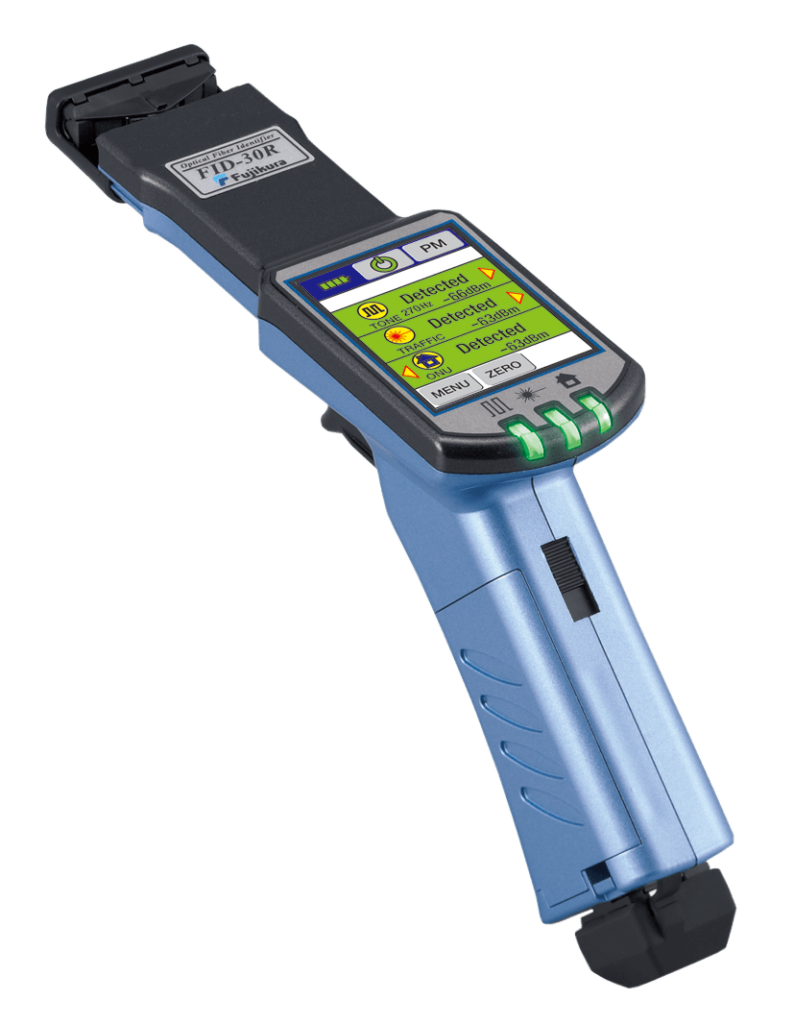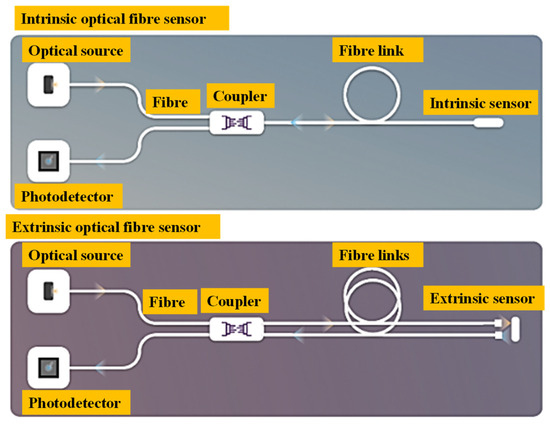Cutting-Edge Technology for Optical Fibre Diameter Analyser Precision
Cutting-Edge Technology for Optical Fibre Diameter Analyser Precision
Blog Article
Optimize Your Fibre Optic Performance: Understanding Optical Fibre Diameter Analyser Innovation
The performance of fibre optic systems is critically influenced by the accuracy of their size, an aspect frequently ignored in the search of optimum signal stability. Understanding the technology behind optical fibre size analysers discloses the detailed equilibrium between measurement accuracy and production top quality. These gadgets not just improve conformity with industry criteria but additionally offer real-time understandings that can preemptively resolve prospective problems. The implications of their use extend past mere measurement; they can fundamentally alter the landscape of fibre optic effectiveness. What elements should one take into consideration to harness their full potential?
Relevance of Optical Fibre Diameter
The size of optical fibre plays an essential function in figuring out the efficiency and performance of communication systems. Alternatively, smaller sizes often tend to sustain less modes, which can boost signal clearness and lower crosstalk.

In addition, understanding the size's implications can bring about cost savings by lowering the need for signal boosting and repeaters in extensive networks (optical fibre diameter analyser). To conclude, the importance of optical fiber size can not be overstated, as it straight affects the total performance and reliability of modern interaction systems
How Size Influences Signal Quality
Signal top quality in optical fiber systems hinges significantly on the size of the fibre. The size influences several vital parameters, consisting of attenuation, bandwidth, and modal dispersion. A smaller size can lead to higher attenuation prices, leading to signal loss as light trips through the fiber. This attenuation can jeopardize the stability of the transmitted information, causing a decline in signal high quality, particularly over cross countries.
Alternatively, bigger diameters typically permit for enhanced light capture and lowered modal dispersion, improving signal clearness. In multimode fibers, a larger core size can support numerous light settings, but it might likewise present intermodal dispersion, which can degrade signal top quality. Choosing the ideal fibre diameter is important for accomplishing the wanted performance in specific applications.
Furthermore, the interaction in between the fibre diameter and the wavelength of the light used plays an essential duty in identifying the effective transmission range and total signal honesty. Therefore, comprehending how fibre size affects signal quality is essential for network developers and designers aiming to enhance optical fiber systems for reputable, high-speed information transmission.
Overview of Size Analyser Technology
In many optical fiber manufacturing procedures, precise dimension of fiber diameter is essential for making certain constant efficiency and quality (optical fibre diameter analyser). Size analysers are innovative instruments created to assess the physical measurements of optical fibers with high precision. They employ sophisticated optical and laser modern technologies to determine the diameter, ovality, and concentricity of the fiber, thus giving essential information for quality assurance
These analysers can run in-line during the manufacturing procedure or as part of off-line testing procedures. In-line systems enable real-time tracking, allowing suppliers to readjust criteria instantly, consequently keeping optimal manufacturing problems. Off-line analysers, on the other hand, give thorough assessments of sets, making sure that any type of inconsistencies from defined tolerances are identified and attended to.
Size analysers dramatically add to the decrease of flaws in optical fibers, enhancing overall product reliability. By consistently determining vital specifications, these modern technologies assist in compliance with industry criteria and requirements. As the need for high-performance optical fibers remains to climb, the duty of size analysers comes to be increasingly crucial in attaining the preferred top quality and performance requirements in fiber optic systems.
Key Functions of Fiber Diameter Analysers
Although different designs of fibre diameter analysers exist, they frequently share numerous essential functions that improve their capability and dependability. One of the most significant attributes is high-resolution dimension capacities, which make sure specific size readings, critical for keeping quality assurance in fibre manufacturing. Furthermore, lots of analysers integrate innovative optical sensors made to discover minute variations in fibre size, hence giving indispensable data for procedure optimization.
An additional vital feature is real-time tracking, permitting operators to obtain instant feedback on fiber diameter throughout the manufacturing process (optical fibre diameter analyser). This ability assists in quick changes and lowers the probability of flaws. Many analysers additionally come furnished with easy to use interfaces, enabling drivers to easily check this navigate with data and settings outputs
Moreover, durable information storage space and evaluation performances are essential for tracking historic performance trends and making certain compliance with market standards. Some designs even supply connection options for assimilation into existing manufacturing control systems, boosting total functional performance. Small and mobile layouts allow for flexible implementation within manufacturing environments, making sure that top quality guarantee procedures are seamless and effective. These attributes collectively contribute to the effectiveness of fiber diameter analysers in maximizing fibre optic efficiency.
Ideal Practices for Fibre Optimization

First, routine calibration of optical fibre diameter analysers is essential. This makes sure accurate dimensions and decreases prospective discrepancies that might influence efficiency. Next off, maintaining a clean working atmosphere is essential; dirt and pollutants can cause signify destruction.
Furthermore, it is vital to pick fibres that meet specific application requirements. This entails evaluating factors such as attenuation, transmission capacity, and ecological conditions. Appropriate setup strategies should also be adhered to, including avoiding sharp bends and extreme tension, which can compromise fibre honesty.
In addition, employing sophisticated monitoring systems can assist in real-time efficiency analyses, enabling punctual recognition of problems. Routine screening and maintenance must be conducted to ensure that fibers stay within optimal functional criteria.
Last but not least, training workers on the latest fibre optimization innovations and approaches will enhance their ability to execute effective approaches. By adhering to these ideal techniques, organizations can considerably improve the performance and lifespan of their optical fiber systems, making certain reliable interaction and information transfer.
Verdict
In final thought, the assimilation of optical fibre diameter analyser modern technology is essential for maximizing fibre optic efficiency. By guaranteeing specific measurements of fiber measurements, these analysers substantially enhance signal quality and lower losses during data transmission.
Signal top quality in optical fiber systems pivots dramatically on the size of the fibre.In lots of optical fiber manufacturing procedures, exact dimension of fiber size is important for making sure consistent performance and top quality. As the demand for high-performance optical fibers continues to increase, the role of size analysers comes to be increasingly important in accomplishing the desired high quality and performance standards in fiber optic systems.
These functions jointly add to the efficiency of fibre size analysers in optimizing fiber optic performance.
In final thought, the combination of optical fibre diameter analyser innovation is essential for making best use of fiber read what he said optic efficiency.
Report this page